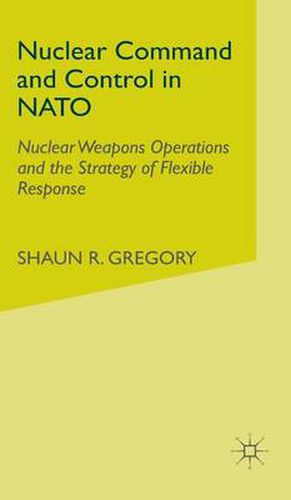Readings Newsletter
Become a Readings Member to make your shopping experience even easier.
Sign in or sign up for free!
You’re not far away from qualifying for FREE standard shipping within Australia
You’ve qualified for FREE standard shipping within Australia
The cart is loading…






This title is printed to order. This book may have been self-published. If so, we cannot guarantee the quality of the content. In the main most books will have gone through the editing process however some may not. We therefore suggest that you be aware of this before ordering this book. If in doubt check either the author or publisher’s details as we are unable to accept any returns unless they are faulty. Please contact us if you have any questions.
For more than 40 years, NATO premised its defence on credible nuclear deterrence. Underwriting this deterrence was NATO’s strategy, and the nuclear weapons and command and control systems intended to make the strategy an operational reality. This work examines NATO’s attempts between 1952 and 1990 to achieve the political and military control of nuclear weapons operations in a multinational organization. By using case-studies of US, British, French and NATO nuclear weapons operations, and empirical evidence from Cold War crises, it provides an analysis of NATO’s experience and offers insights for the present day.
$9.00 standard shipping within Australia
FREE standard shipping within Australia for orders over $100.00
Express & International shipping calculated at checkout
This title is printed to order. This book may have been self-published. If so, we cannot guarantee the quality of the content. In the main most books will have gone through the editing process however some may not. We therefore suggest that you be aware of this before ordering this book. If in doubt check either the author or publisher’s details as we are unable to accept any returns unless they are faulty. Please contact us if you have any questions.
For more than 40 years, NATO premised its defence on credible nuclear deterrence. Underwriting this deterrence was NATO’s strategy, and the nuclear weapons and command and control systems intended to make the strategy an operational reality. This work examines NATO’s attempts between 1952 and 1990 to achieve the political and military control of nuclear weapons operations in a multinational organization. By using case-studies of US, British, French and NATO nuclear weapons operations, and empirical evidence from Cold War crises, it provides an analysis of NATO’s experience and offers insights for the present day.